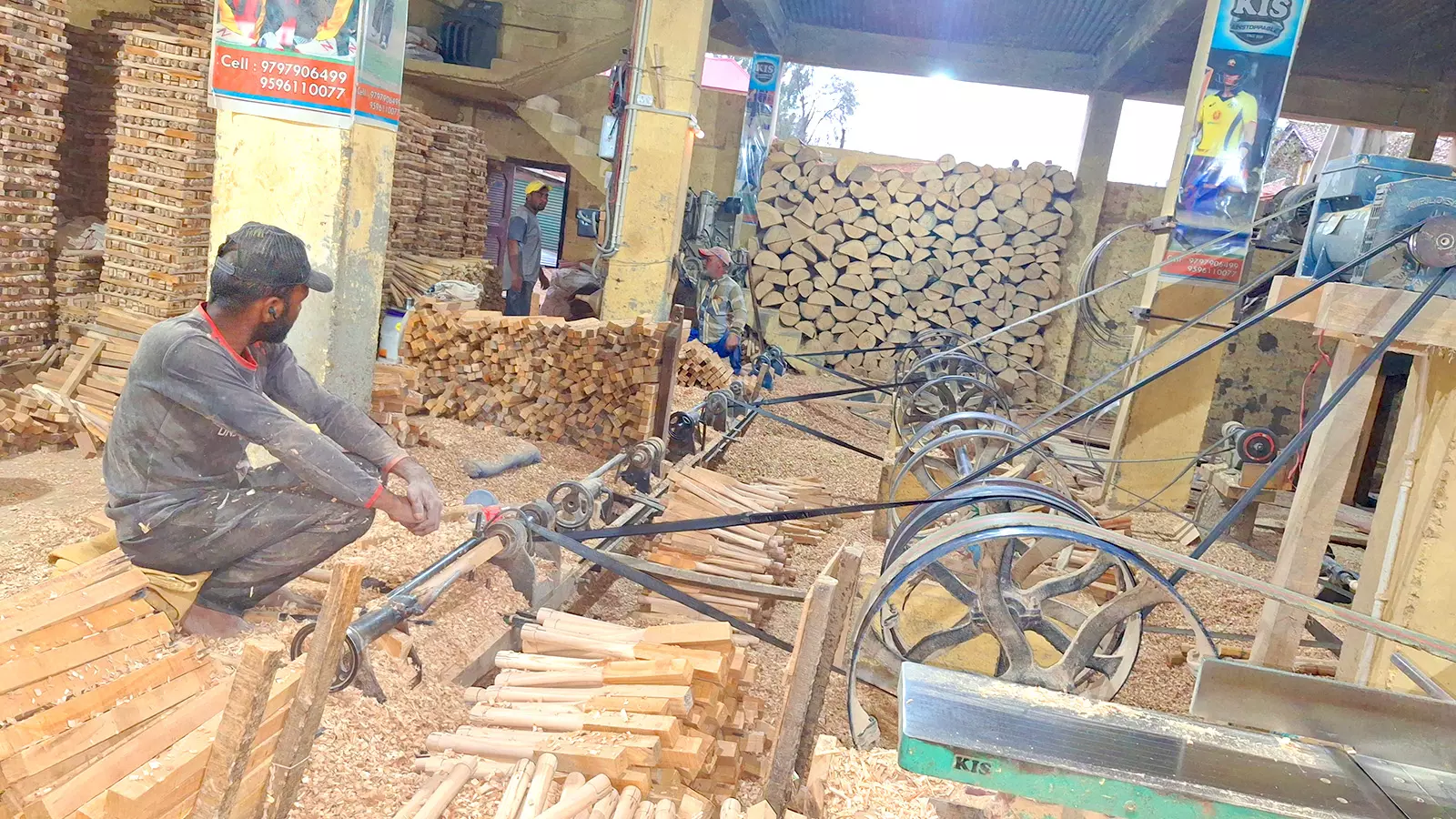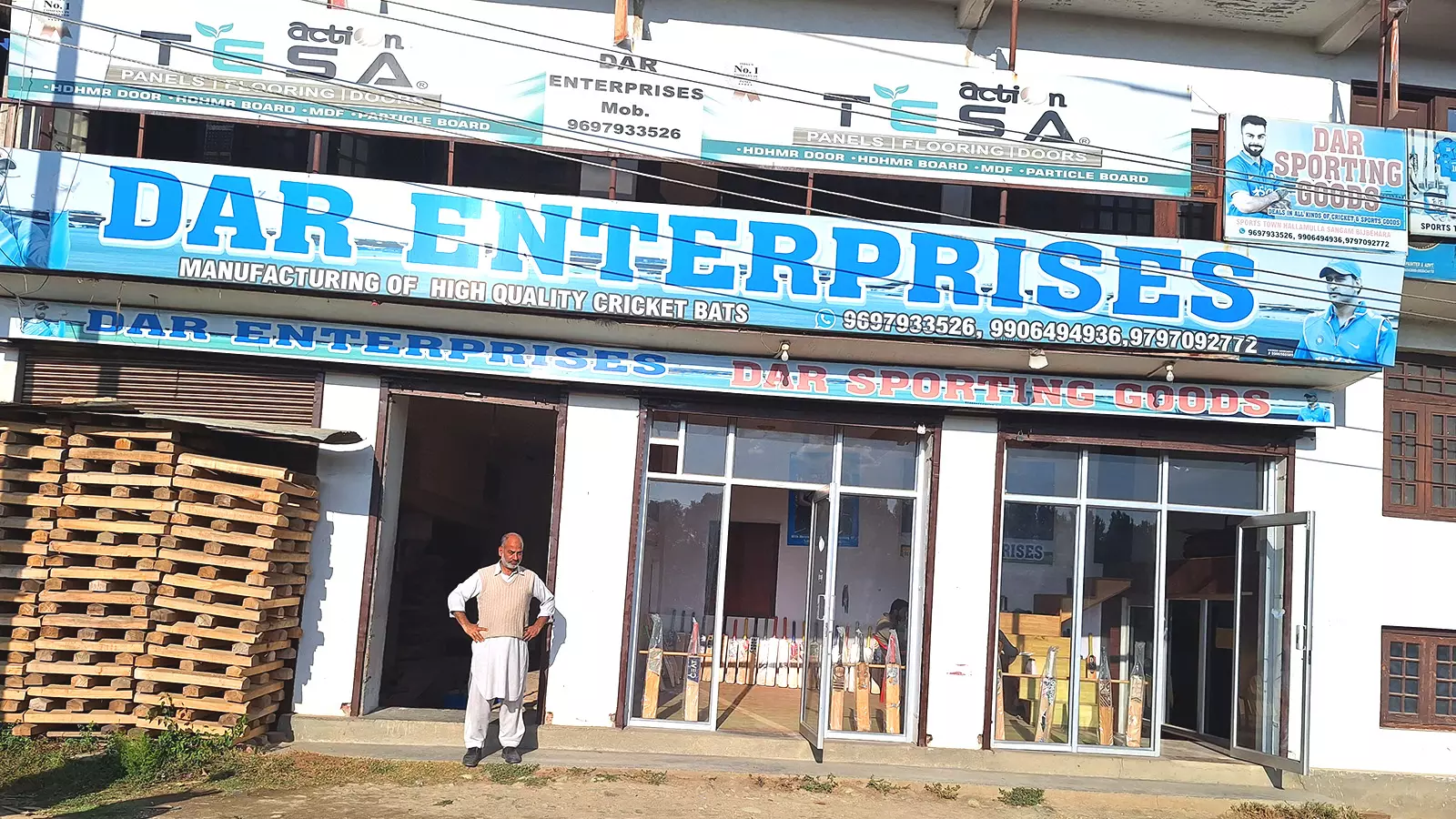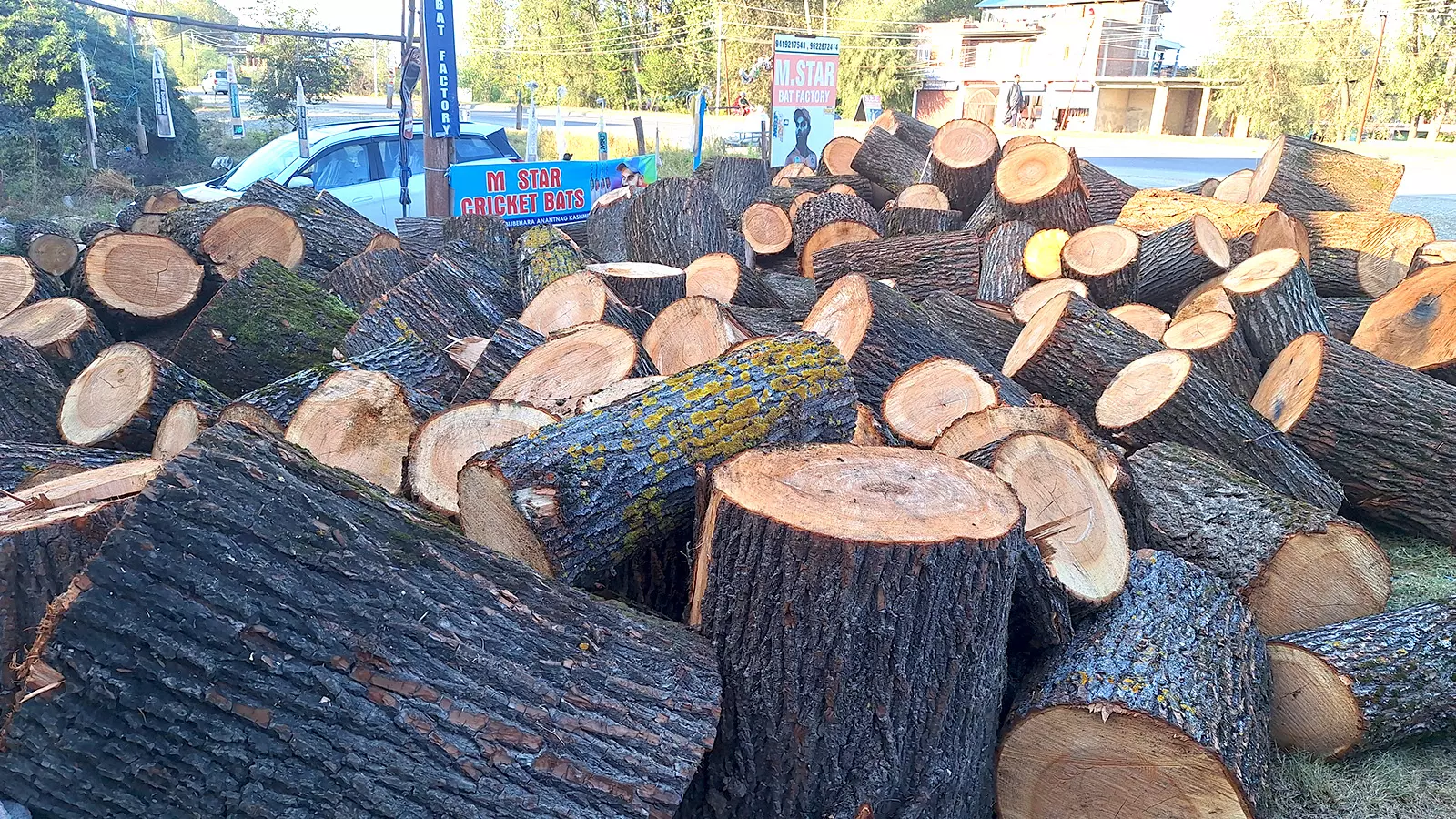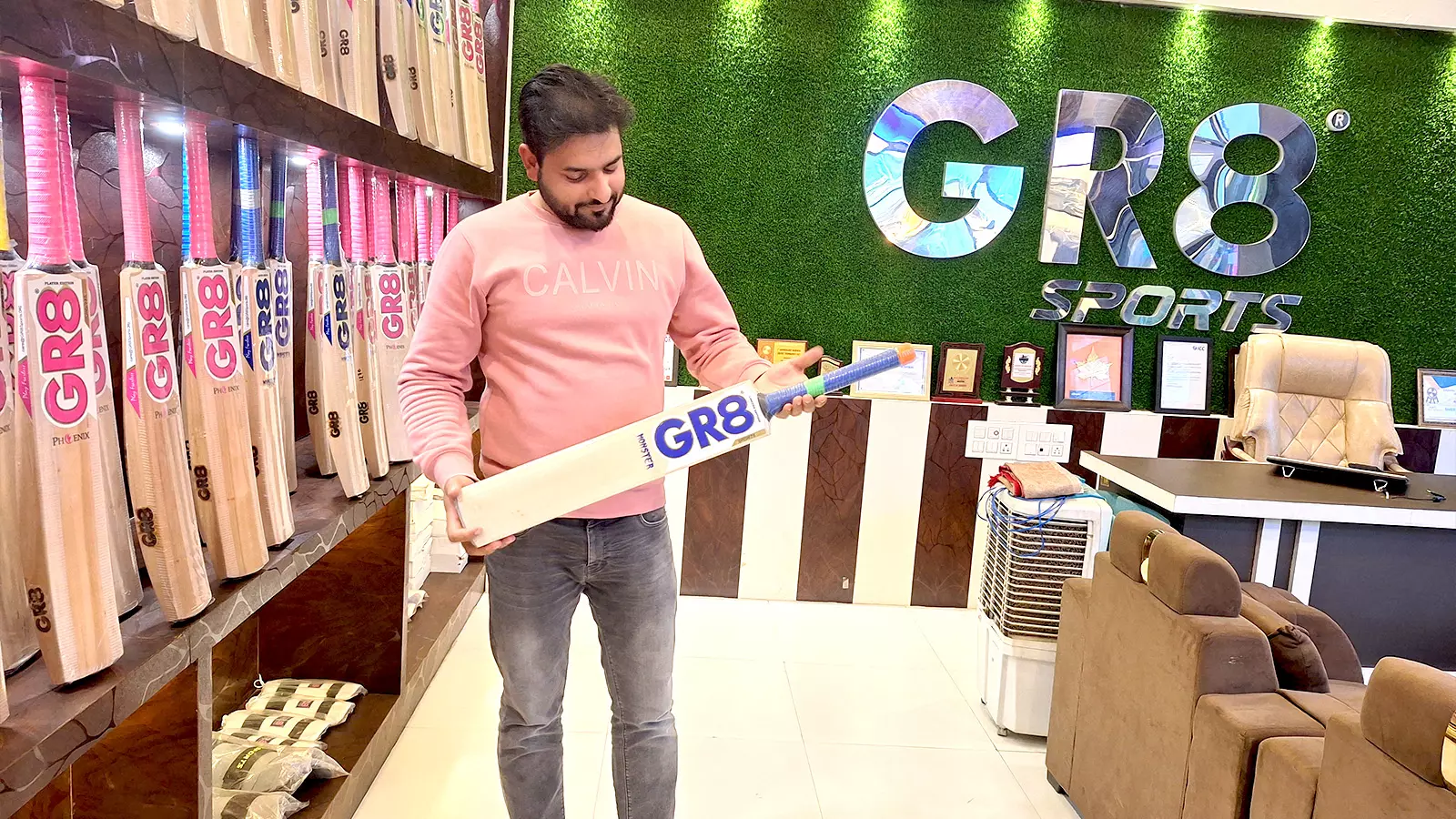
- Home
- India
- World
- Premium
- THE FEDERAL SPECIAL
- Analysis
- States
- Perspective
- Videos
- Sports
- Education
- Entertainment
- Elections
- Features
- Health
- Business
- Series
- In memoriam: Sheikh Mujibur Rahman
- Bishnoi's Men
- NEET TANGLE
- Economy Series
- Earth Day
- Kashmir’s Frozen Turbulence
- India@75
- The legend of Ramjanmabhoomi
- Liberalisation@30
- How to tame a dragon
- Celebrating biodiversity
- Farm Matters
- 50 days of solitude
- Bringing Migrants Home
- Budget 2020
- Jharkhand Votes
- The Federal Investigates
- The Federal Impact
- Vanishing Sand
- Gandhi @ 150
- Andhra Today
- Field report
- Operation Gulmarg
- Pandemic @1 Mn in India
- The Federal Year-End
- The Zero Year
- Science
- Brand studio
- Newsletter
- Elections 2024
- Events
- Home
- IndiaIndia
- World
- Analysis
- StatesStates
- PerspectivePerspective
- VideosVideos
- Sports
- Education
- Entertainment
- ElectionsElections
- Features
- Health
- BusinessBusiness
- Premium
- Loading...
Premium - Events

With mountains in the backdrop, lush green surroundings and paddy fields, Halamula village, along the Srinagar-Jammu national highway, is hard to distinguish from the over 300 other villages of South Kashmir’s Anantnag district. As one enters the village residential area beyond the fields, children and young adults can be seen playing cricket. The love for gully cricket is a common...
With mountains in the backdrop, lush green surroundings and paddy fields, Halamula village, along the Srinagar-Jammu national highway, is hard to distinguish from the over 300 other villages of South Kashmir’s Anantnag district. As one enters the village residential area beyond the fields, children and young adults can be seen playing cricket. The love for gully cricket is a common phenomenon across millions of villages in India. But what makes Halamula stand out is the fact that the village manufactures its own bats and these bats are currently being used by players of the Afghanistan team in the ICC Men’s Cricket World Cup.
With approximately 180 households and a population of around 1,000, Halamula has emerged as the hub for manufacturing bats using willow wood. Nearly 80% of the village is dependent on the bat industry for livelihood.
Shakeel Ahmed Dar, who has been running one of the oldest manufacturing units — Dar Sports — in Halamula, attributes the spurt in the bat industry in the region to the decline in the popularity of hockey.
“As the popularity of hockey diminished over time, the demand for hockey sticks also decreased, leading to a resurgence in the cricket bat industry,” Shakeel Dar told The Federal.
How Kashmir’s association with bats started
Kashmir’s indulgence with bat manufacturing dates back to the 19th century. While the presence of willow in Kashmir goes back centuries, a significant initiative to cultivate it in the region was undertaken during the 19th century, based on the recommendations of Walter R Lawrence and JC Macdonell.
Sir Walter Lawrence, the first settlement commissioner of Kashmir, in his book, The Valley of Kashmir (1895), wrote, “The vir, or willow, grows in every village of Kashmir where there is water or moisture, and its reproduction is very simple. There is an enormous waste of withies every year, as the young wands are cut down for fodder and after being stripped of their leaves are burnt for fuel. I have suggested that a Kashmiri should be sent to England to learn the basket industry. There is ample material in the valley to supply the whole of India with excellent baskets and chairs.”
With the arrival of cricket in India along with the Britishers, the necessity to locally manufacture cricket bats became apparent and economically viable.
According to a study conducted by the Forestry Department of the Sher-e-Kashmir University of Agricultural Sciences and Technology, during the late 19th century an industrialist named Allah Baksh, a native of Sialkot (now in Pakistan), established the first cricket bat manufacturing unit at Sangam-Halmula to meet the rising demand for bats. To facilitate this, a technical expert from England was employed to teach locals the art of transforming willow logs into clefts and ultimately into cricket bats. These bats gained popularity, especially among British Navy officers who had an interest in cricket.

Shakeel Ahmed Dar at his shop Dar Enterprises.
Shakeel Ahmed Dar, who has been running one of the oldest manufacturing unit in Halamula village, however, differs. He credits his family for starting the industry.
Shakeel told The Federal that in the early 1930s, Allah Baksh from Pakistan partnered with Shakeel’s father and two uncles — Abdul Satar Dar, Ghulam Hasan Dar and Ghulam Rasool Dar — to start the production of hockey sticks and cricket bats in the Valley.
“At that time, they focused more on producing hockey sticks than cricket bats. Initially, shahtoot wood was used, but they later switched to willow wood due to its superior quality and worldwide reputation. But hockey gradually lost its sheen and the demand for hockey sticks also decreased. It was this aspect that led to a boom in the cricket bat industry,” he said.
Back then, the manufacturing unit of the Dar brothers was the sole operational factory throughout Jammu & Kashmir, and was the source of employment for approximately 60 households from the surrounding villages, with each family having at least one member working at the factory.
At that time, bat clefts were transported along the Jhelum Valley road, receiving their final finishing touches in Sialkot, Pakistan. Subsequently, these cricket bats were used by the British.
However, after the Partition in 1947, Allah Baksh, who was originally from Sialkot, had to end his involvement in the factory. As a result, he entrusted the manufacturing unit to the three brothers from Halamula, where the establishment of this unit had taken place.
Before Partition, Sialkot was considered a sports centre, from where sports equipment were also exported. After Partition, however, the export hub shifted to Jalandhar. Subsequently, the willow bat manufacturing unit was named Dar Sports, which is widely believed to be the first cricket bat manufacturing unit in the region of Jammu and Kashmir.
Abdul Rashid Dar (58), the second generation owner of Dar Sports, told The Federal that currently approximately 400 manufacturing units are operating across Kashmir. He credited his father and two uncles for introducing this concept to the Valley, which has created livelihood opportunities for thousands of families in the region.
“Many people who now own bat factories were once employed at this very establishment. Those who acquired the knowledge and skills of the trade eventually invested in their own setups. As a result, the region is now dotted with numerous bat factories,” Dar said.

Kashmiri willow wood is used to make bats that are used by international cricket players as well.
Dar also expressed his deep resentment against authorities that despite the hard work and dedication put forth by his father and two uncles in expanding and sustaining the Kashmiri willow bat industry, the authorities have not credited their significant contributions to this industry, which has gained recognition worldwide.
People in the area, however, believe that the three brothers are the true heroes of the cricket bat industry in J&K.
“My father Abdul Satar Dar told me that it was in the 1960s that they shifted their focus from manufacturing cricket from hockey bats,” said Shakeel Dar.
In the past, prominent international players often paid visits to their factories. According to Dar, international players from India, Australia, England, West Indies among others visited their factory and bought bats. On October 25, 1977, former England cricket captain Mike Brearley along with other few players visited their shop and bought bats.
Mike Brearley’s feedback was considered so significant that Dar brothers framed it and displayed it too. In the feedback, Brearley wrote, “We are very happy to visit the bat factory. The bats look very nice. Thank you very much for the small bat. I will tell the people in England about this place.”
The bat manufacturing boom
After the Dar brothers passed away, the factory management shifted to their sons Shakeel, Abdul Rashid and Farooq.
Meanwhile, the second cricket bat manufacturing unit in Kashmir was established by Salroo brothers in Bijbehara area of Anantnag. By 1980, the region had 30 bat manufacturing units, and the demand for bats surged exponentially after India’s World Cup victory in 1983.
The prominent places where these manufacturing units are established include Sangam, Halamula, Charsoo, Pujteng, Bijbehara, Sethar, Panjpora, Parigram, Marhama, Chechkoot, Awantipora.
As per official figures, there are around 400-odd manufacturing units throughout the Valley.
Among these, Halamula village stands out in several ways. It not only produces a significant quantity of bats compared to other villages but is also home to the renowned bat brand Gr8, whose bats have received International Cricket Council’s approval.
Additionally, Halamula is in close proximity to Pujteng, where Khan International Sports (KIS), another well-known brand whose bats were used in IPL 2021 and IPL 2022 by Mustafizur-Rahman (Rajasthan Royals) and Fazal-Haq-Farooqi (Sunrisers Hyderabad).
Many prominent cricket players in the Valley prefer bats from Halamula and its nearby areas and the village alone hosts about 50% of the manufacturing units, further solidifying its reputation and influence in the cricket bat production industry over other villages.
Global appeal
Fawzul Kabir, a young entrepreneur whose bat brand Gr8 was approved by International Cricket Council (ICC) told The Federal that around 30 lakh bats are manufactured annually in the Valley with a turnover of around Rs 300 crore which provides livelihood to over 1.5 lakh people.

Fawzul Kabir says around 30 lakh bats are manufactured annually in the Valley with a turnover of around Rs 300 crore.
Gr8 bats were used by several international players, including those who played in the T20 World Cup held in 2021 and 2022.
International players who used Gr8 bats in T20 World Cup 2021 include M Naseem (Oman), Bilal Khan (Oman), Kaleemullah (Oman). Subsequently, in the T20 World Cup 2022, UAE players including Junaid Sidique Kashif Daud, Fahad Nawaz and Zahoor Khan also used Gr8 bats.
Even in the qualifying matches for the One Day International (ODI) World Cup 2023, Gr8 bats were again used by players like Fayaz Bhat (Oman), Mehran Khan (Oman), Rafiullah (Oman), Bilal Khan (Oman), Zahoor Khan (UAE) and Junaid Sidique (UAE).
Gr8 bats are currently being used in the ongoing ICC Men's Cricket World Cup hosted by India. It is, however, not known which players in particular are using them.
Kabir, on his part, said that he has supplied bats to the Afghanistan, Sri Lanka and Bangladesh teams. Junaid Siddique (UAE) who used a cricket bat manufactured by Gr8 Sports, smashed the longest six of the ICC Men's T20 World Cup 2022 against Sri Lanka.
A reason for the popularity of Kashmir’s bats is that it is cost effective. A high-quality English willow bat typically costs between $300 and $1,500, whereas bats of similar quality produced locally start at $50 and can range up to $500. Kashmiri bats hold a 70% share in the global market due to their lower prices.
The challenge
In Kashmir, cricket bat willow trees are cultivated, and they are considered ready for harvesting when they reach an age of 15-20 years and have a trunk girth of 34 inches. Once the willow tree is cut down, the trunks are divided into sections using a handsaw. These sections or rolls of willow wood are then transported from the fields on the shoulders of labourers and loaded onto trucks for delivery to bat manufacturing units, where the process of making cricket bats begins.
Bashir Ahmed who runs MB Sports in Halamula said that his factory manufacture around 35,000 bats each year.
He said that the scarcity of willow trees began approximately six years ago, and that the industry is on the brink of extinction due to severe neglect. According to him, local factories now receive only half the supply they used to get earlier. One reason of course is that there is rise in the number of manufacturing units.
“A single bat company requires the wood from 10,000 to 15,000 trees annually to meet the demand. We’ve been urging the government to initiate a willow planting initiative to secure a consistent and sustainable supply,” he said.
For Kashmiri bats to strengthen their hold on the global stage it is imperative the government addresses the concerns being raised by the industry members.

